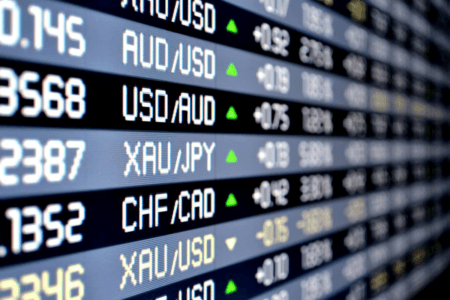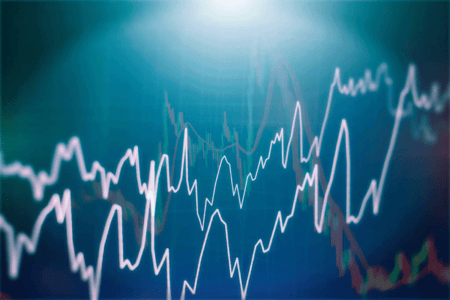Gulf stock markets close higher as investors anticipate key US inflation data and potential Federal Reserve interest rate adjustments.
Story Snapshots:
- Gulf stock markets generally ended higher on Tuesday with investor focus on US inflation data.
- January US inflation expected to show a rise of 2.9% year-on-year, influencing Fed rate decisions.
- Gulf Cooperation Council (GCC) monetary policy closely mirrors the Fed due to USD currency pegs.
- Saudi Arabia’s market led gains, with notable rises in Al Rajhi Bank and Saudi Aramco.
- Qatar’s market boosted by Qatar Gas Transport, with Nakilat’s continued rise after QatarEnergy deal.
- Abu Dhabi and Dubai indexes also saw gains, while Kuwait’s index registered a slight decline.
What is the anticipated impact of the upcoming US inflation report on Gulf stock markets? The upcoming US inflation report is critical as it is expected to influence the Federal Reserve’s interest rate decisions. Gulf stock markets, which often follow Fed policy due to their currencies being pegged to the US dollar, saw gains in anticipation of the data.
Transitioning into the core analysis, the financial markets in the Gulf region closed on the upside, buoyed by investor anticipations of a pivotal US inflation report. Amid expectations of a 2.9% rise in the US consumer price index year-on-year, the markets are keenly awaiting signals on potential Federal Reserve rate adjustments—a key determinant of monetary policy across the six-member Gulf Cooperation Council, given the pegging of their currencies to the US dollar.
In Saudi Arabia, optimism was palpable as the benchmark index ascended, driven by significant performances in leading financial and energy companies. The Kingdom’s heavyweight, Al Rajhi Bank, and the global oil giant, Saudi Aramco, both witnessed their stocks surge, with Aramco trading a US crude oil grade pivotal in the Brent benchmark, further solidifying its market dominance.
Deploying its financial acumen, the Saudi market surpassed its previous zenith from January. Analysts like George Khoury of CFI attribute this rally to the stellar showings of the banking and energy sectors. Qatar similarly exhibited market buoyancy, with the Qatar Gas Transport Company (Nakilat) extending its winning streak following the QatarEnergy announcement entrusting it with a fleet of LNG carriers.
Read: Saudi Aramco Begins Trading US Crude Influencing Brent Benchmark
The Abu Dhabi market edged upward too, recovering from prior session losses. Contributing to the regional market’s vitality, oil prices ticked up, underpinned by geopolitical tensions, albeit with an undertow of caution due to the possibility of sustained high-interest rates dampening energy demand.
The Dubai index modestly advanced, with contributions from Mashreqbank bolstering the financial sector. Extending beyond Gulf boundaries, Egypt’s blue-chip index also enjoyed gains, albeit more modest.
In summary, the markets presented a diverse landscape: Saudi Arabia led the charge, Abu Dhabi and Dubai illustrated resilience, and Qatar showed sector-specific strength, with Kuwait experiencing a slight pullback. As investors navigate these turbulent waters, anticipation for the inflation data’s ripple effects remains high, underscoring the interconnected nature of global economies and the influence of central bank policies far beyond their domestic shores.
The Gulf financial markets’ performance on this day exemplifies the broader economic interdependencies. It underscores how regional markets can be swayed by expectations of policy shifts in major economies like the United States. With investors worldwide bracing for the US inflation report, the stage is set for potentially impactful shifts in the market winds, reflecting the ever-present dance between anticipation and actuality in the global financial arena.
What’s your take on this? Let’s know about your thoughts in the comments below!












